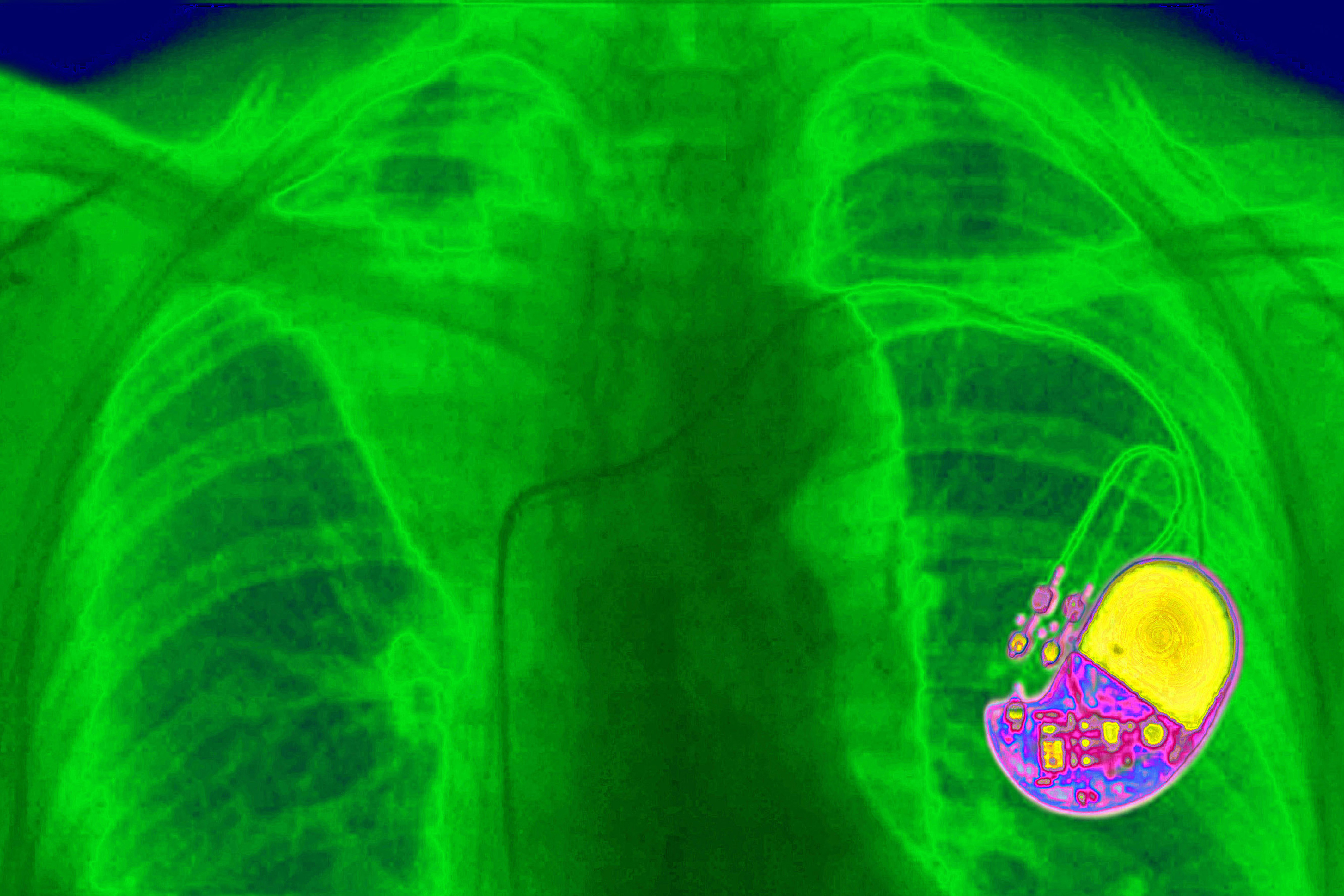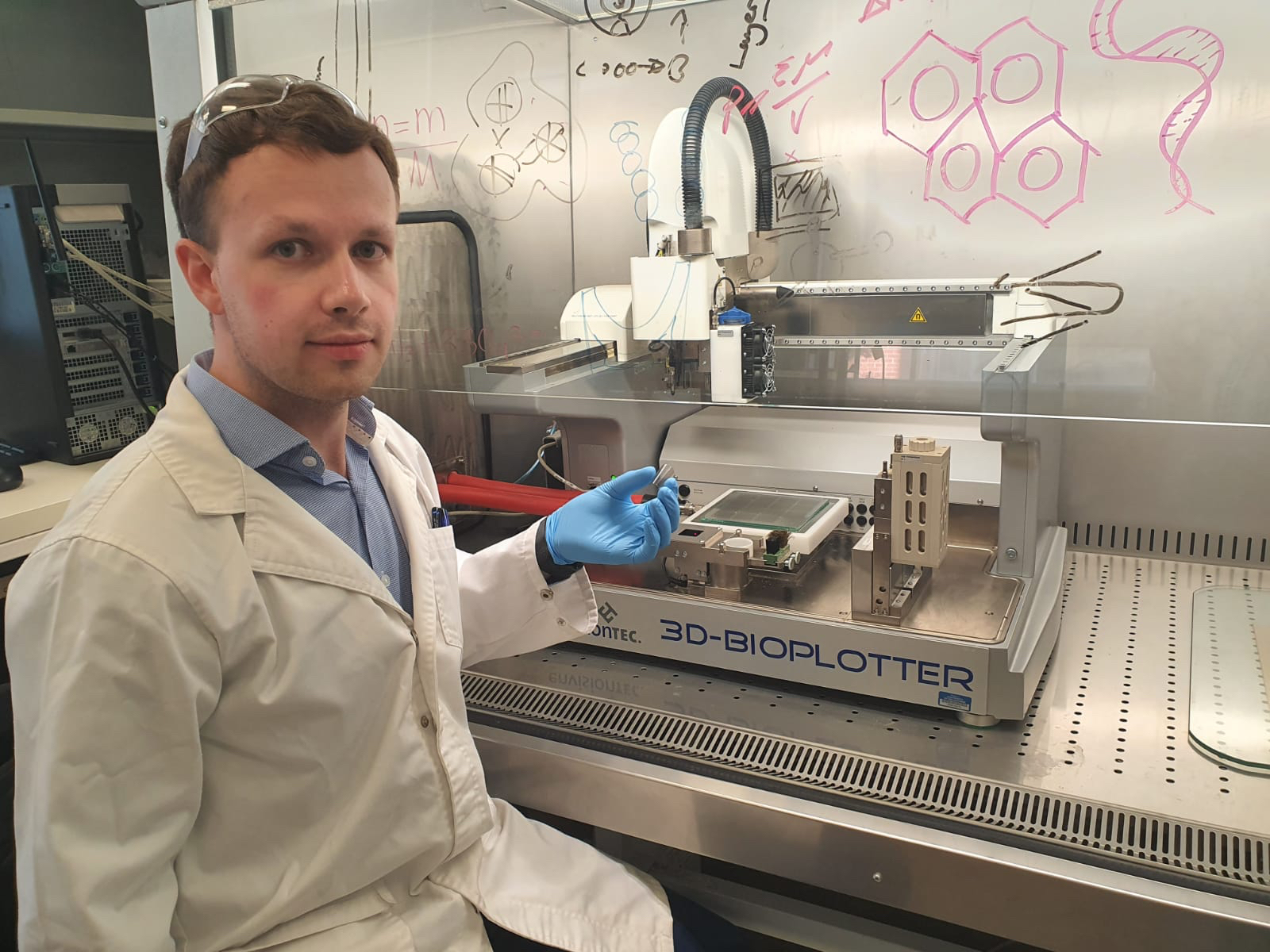
Sciences & Technology
Using AI to make your smartphone smarter

The human body produces a tremendous amount of energy. Now, researchers are looking at different ways to capture, reuse and recycle this energy to power our electronic devices
Published 25 February 2020
From mobile phones to smartwatches – portable and wearable electronics are now everyday accessories all over the world.
One of the greatest challenges for these devices is to be as light as possible, but the trade-off is having to recharge, sometimes multiple times per day.

For those of us with implanted medical electronic devices – and this number is increasing rapidly – the burden of replacing the batteries is not an easy task.
For example, a pacemaker must be surgically removed every 10 years to replace the battery, placing strain on our medical system.
On the other hand, the human body can produce a tremendous amount of energy during a typical day. As our society evolves, research is looking at different ways to capture, reuse and recycle this energy.

Sciences & Technology
Using AI to make your smartphone smarter
One of the possible ways to harvest movement energy is through piezoelectricity.
This phenomenon occurs where some solid materials such as crystals, certain ceramics, and biological matter such as bone, DNA and various proteins generate electricity in response to applied mechanical stress, that can be as basic as walking.
Piezoelectric materials have been known for a long time, although have traditionally been made of hard and brittle materials; great for sitting inside a mobile phone speaker, but not so good at bending and flexing with a person’s skin as they walk around.
In contrast, polymers, simply defined as materials made of long, repeating chains of molecules, can be flexible, lightweight and conform to the shape of skin.
These materials hold a 65 per cent share of the world’s clothing market.
By using piezoelectric polymers, the energy from human motion can be captured, prolonging the lifetime of our electronics between recharging leading to smaller and lighter electronic devices.
Some piezoelectric polymers have been developed, but until very recently they required a strenuous and highly energetic pre-processing step called ‘poling’ to work efficiently.

Recent work, the result of a collaboration between the Ellis Research Group at the University of Melbourne, the University of Queensland, and the Reserve Bank of Australia, published in Energy & Environmental Science, shows 3D printing a polymer containing a tiny amount of nanoscale wires called carbon nanotubes can capture energy 24 times more efficiently, without needing the poling process at all.
These piezoelectric polymers are also produced sustainably, fully recyclable and can be reprinted without any loss in performance.

Sciences & Technology
Could robots protect us in the surf?
Combined with rapid advances in 3D printing, this breakthrough provides the ability to produce piezoelectric polymer energy harvesters at a much lower cost that can also be customised to the individual user.
It can then be used to power portable electronics, like your smartphone, smartwatch, blood or glucose on-skin sensors, as well as implantable technologies such as a pacemaker.
Once the lifetime of the device is up, the piezoelectric polymer can be completely renewed by simply dissolving and reprinting into a new device.
For devices like a pacemaker, this means the polymers role could provide a continuous charge to the battery, enabling a longer life and reducing the need for open heart surgery due to its smaller size.
The results unlock a new range of application for piezoelectric polymers, and a platform for future research into their development.
These polymers harvest energy as a result of their asymmetric chemical structure, meaning positive and negative charges are separated, producing what is called a dipole.
Depending on how all the dipoles are aligned in the material, it can produce great variation in how much energy is harvested.

The poling process applies a massive electric field over the polymer to align these dipoles in a single direction.
Our research has found that adding a tiny amount of carbon nanotubes, just 1:5000th the weight of the polymer, can control the orientation of the dipole at a nanoscopic level.

Sciences & Technology
Tackling human error to stop vehicle accidents
Using theoretical modelling, we found the simple addition of these nanotubes to the polymer, followed by 3D-printing aligns the dipoles around the nanotubes themselves – without needing the poling process.
If you picture an analogue clock face, the dipoles would all point up between the 11 and 1, meaning they all work together.
On a larger scale, 3D printing can then be used to align the carbon nanotubes along with the templated polymer chains, that are then tailored to shapes based on the region of the body it would be used on.
The resulting material then behaves as though it is poled for a fraction of the cost and effort.
The final piece of the puzzle, and the most difficult to achieve in these materials, was to make these energy harvesters reusable, and better yet, recyclable.
The best performing piezoelectric polymers are only dissolved in solvents that are toxic and very difficult to remove.
Through careful selection of the polymer, we found the printed energy harvesters could be dissolved in the environmentally friendly solvent — acetone. This solvent is most famous for its use in nail polish remover whic evaporates and dries very quickly.

After the recycling process, which takes under a minute, the ink containing the piezoelectric polymer and carbon nanotubes can be 3D printed once again without any loss in performance.
These findings have the potential to decrease production costs of highly efficient piezoelectric energy harvesting devices and a boost to the commercial uptake of this technology.
It could ultimately mean that one day it creates lighter, thinner, and longer lasting portable, wearable and implantable electronics.
This work has been financially supported through the ARC Linkage Projects funding scheme and Future Fellowship funding scheme. The work is part of a larger, ongoing, collaboration between The University of Melbourne, the University of Queensland and the Reserve Bank of Australia.
Banner: Getty images